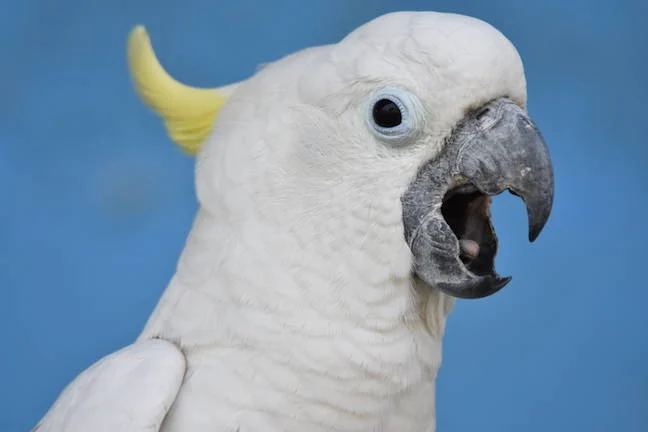Hello!
It’s been interesting times on Twitter recently, that’s for sure. For those of you who have either been living in a no-social-media bubble for a month (in which case, honestly a good move) or simply aren’t terminally online (likewise): In the month since SpaceX and Tesla owner Elon Musk purchased the social media platform for $44 billion dollars, things have been more than a little chaotic.
Advertisers have been fleeing the platform, and there are concerns that Twitter might be in something resembling a “death spiral.”
There are many people for whom the flaming train-wreck that is the Twitpocalypse is just an interesting bit of drama to follow passively, the same way might enjoy a trashy reality show about terrible people yelling at each other.
But for many marketers, losing Twitter as an advertising platform can be a major blow in connecting with existing and prospective customers.
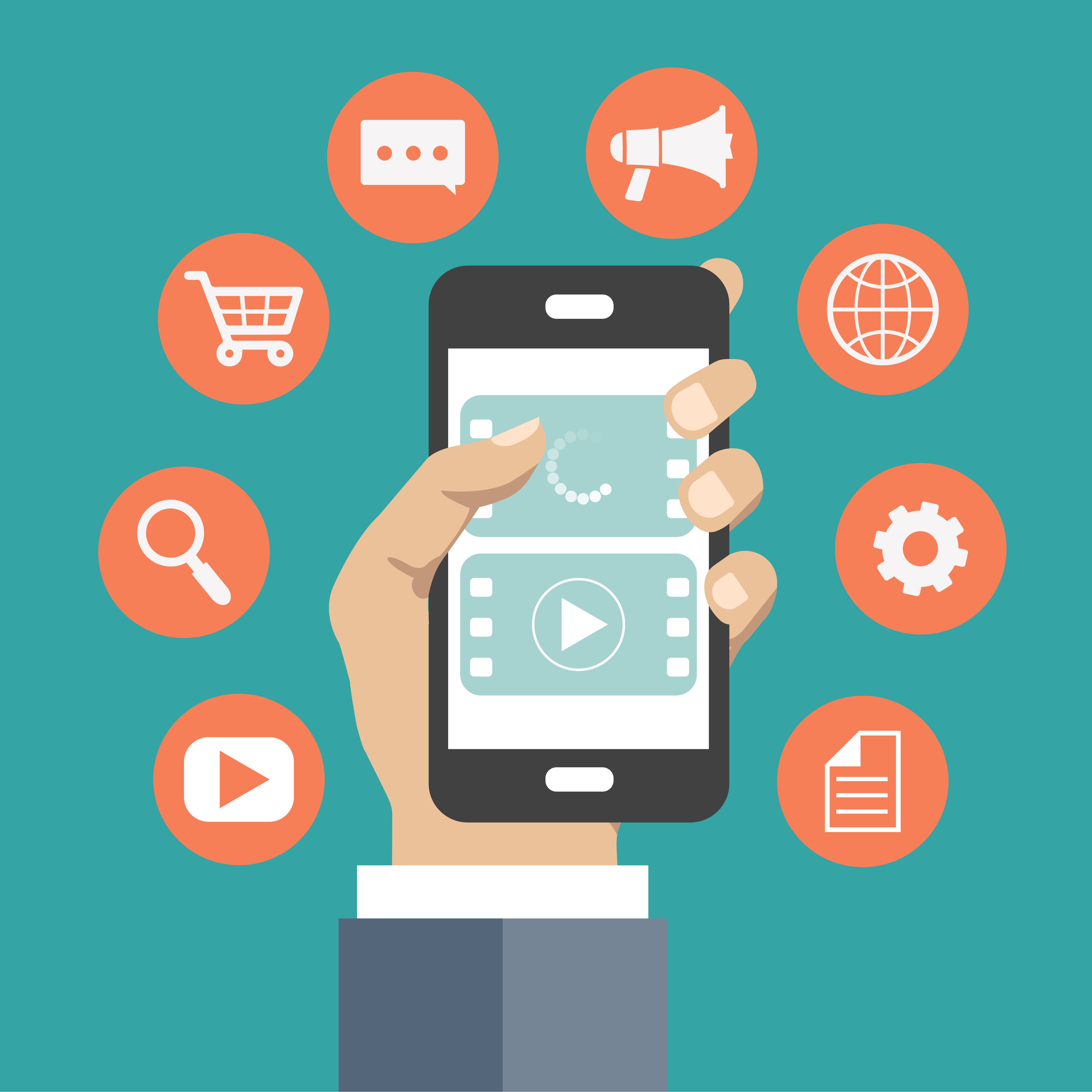 In this blog, we’ll talk about four things:
In this blog, we’ll talk about four things:
- Why did marketers like Twitter?
- What has changed to make Elon Musk’s Twitter less attractive to advertisers?
- What does a good social media platform need to draw the attention (and money) of marketing teams?
- What else exists in terms of Twitter alternatives for marketers?
(Disclosure: we have not maintained a personal Twitter account for just under two years. It’s just been impossible to miss what’s going on by proxy.)
Why Was Twitter Good for Marketers?
Twitter was unique in terms of social media platforms for how easy it was to see posts from people outside of your immediate feed.
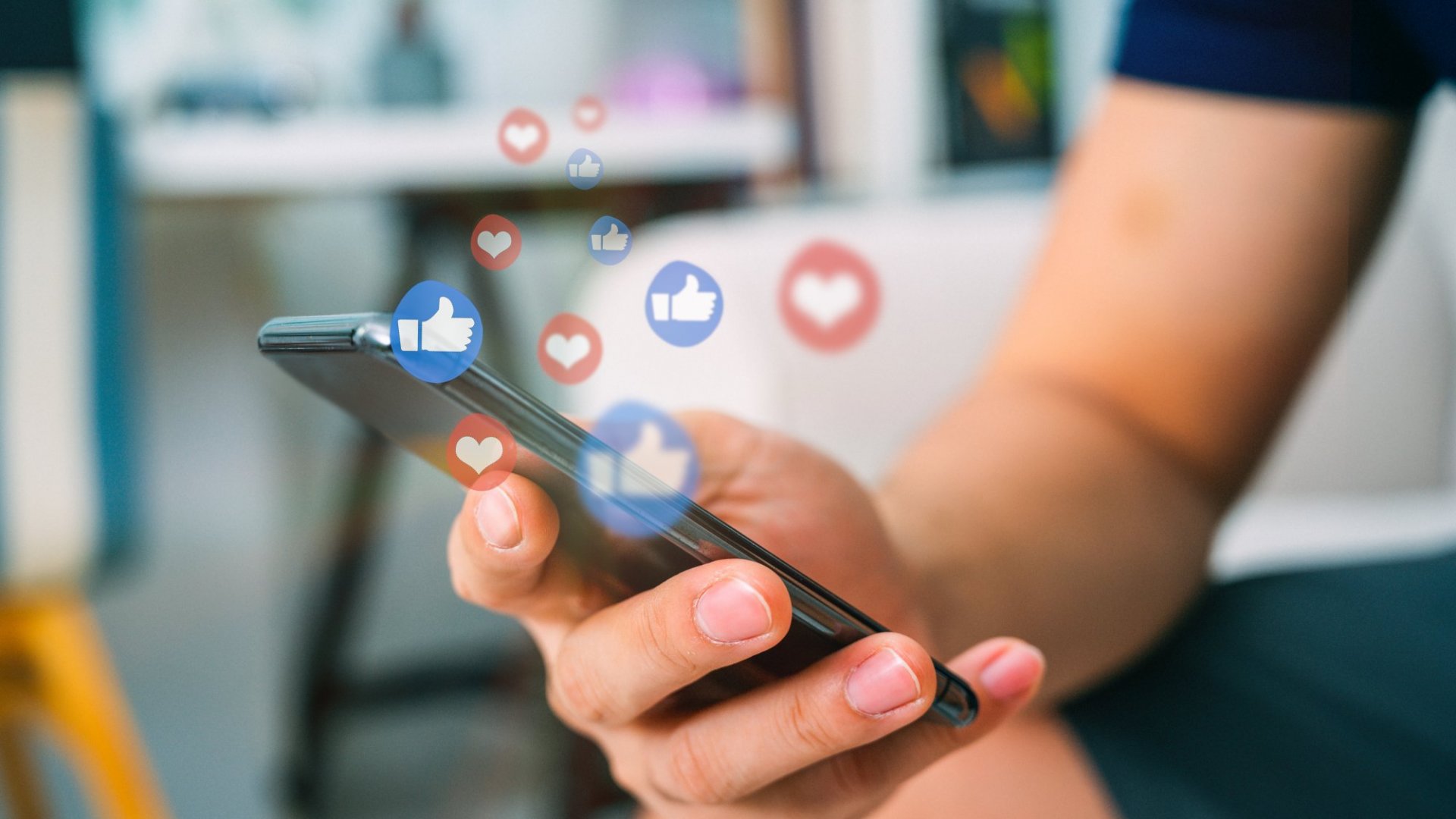 While Facebook, Instagram, and others let you follow posts from people you choose – and there is certainly a culture of sharing posts that you find interesting – the bite-sized nature of tweets, combined with the addictive “infinite scroll” utilized by so many social sites these days, made it easy and intuitive to instantly like and retweet something clever or insightful that crossed your dashboard.
While Facebook, Instagram, and others let you follow posts from people you choose – and there is certainly a culture of sharing posts that you find interesting – the bite-sized nature of tweets, combined with the addictive “infinite scroll” utilized by so many social sites these days, made it easy and intuitive to instantly like and retweet something clever or insightful that crossed your dashboard.
As a result, it was easy to go viral on Twitter, and go viral quickly, than it was on any other social media platform. One classic example would be Oreo’s tweet during the 2013 Super Bowl.
It had been mere minutes since power had failed in the stadium during the clash between the Baltimore Ravens and the San Francisco 49ers, when a savvy social media manager let the world know that it was fine – you could still dunk Oreos in the dark.
Power out? No problem. pic.twitter.com/dnQ7pOgC
— OREO Cookie (@Oreo) February 4, 2013
Brilliant! People shared it thousands of times because it was witty, and it was timely – we were all on Twitter looking at what everyone else was saying about the Super bowl blackout.
 Paid advertising on Twitter, on the other hand, was always more of a challenge. While Twitter does track some demographic data – age, gender, location, and so on – it lacked the extreme granularity that makes, say, Facebook such a lucrative opportunity for targeted paid marketing.
Paid advertising on Twitter, on the other hand, was always more of a challenge. While Twitter does track some demographic data – age, gender, location, and so on – it lacked the extreme granularity that makes, say, Facebook such a lucrative opportunity for targeted paid marketing.
People are also far more likely to use pseudonyms or online handles on Twitter, another barrier to connection.
Therefore, while maintaining a social media presence on Twitter was great in terms of the ability to go viral and get your brand in front of people with snappy, clever content, it was more difficult to reach them with paid ads. It’s little wonder, then, that Twitter sometimes struggled with revenue, given that advertising was one of its key income streams.
Enter Elon Musk.
Why Did Elon’s Changes Make Twitter Less Popular for Marketers?
Much ink has been spilled around the internet speculating on Elon Musk’s ideological or personal reasons for making the changes he has at Twitter.
We have my own opinions on the matter as well, of course (what’s the saying about how opinions are like a certain body part?) – but for the sake of this blog, let’s take his concerns at face value.
From what we can tell, Elon Musk believed that Twitter had the following problems:
- It wasn’t bringing in enough revenue
- It was overstaffed, thus costs were high
- Too many users were bots
- There was a “free speech” problem with moderators banning too many people
For the first problem, he proposed to expand the Twitter Blue program that would let people pay a monthly fee for features including the ability to edit Tweets, longer video content, and a blue checkmark next to the name – previously only available to “verified” accounts that had proven their identities, such as journalists, brands, and government officials.
(This will be important later). His original price point was $20/month, but he settled on $8 after some harsh words from acclaimed writer Stephen King.
We need to pay the bills somehow! Twitter cannot rely entirely on advertisers. How about $8?
— Elon Musk (@elonmusk) November 1, 2022
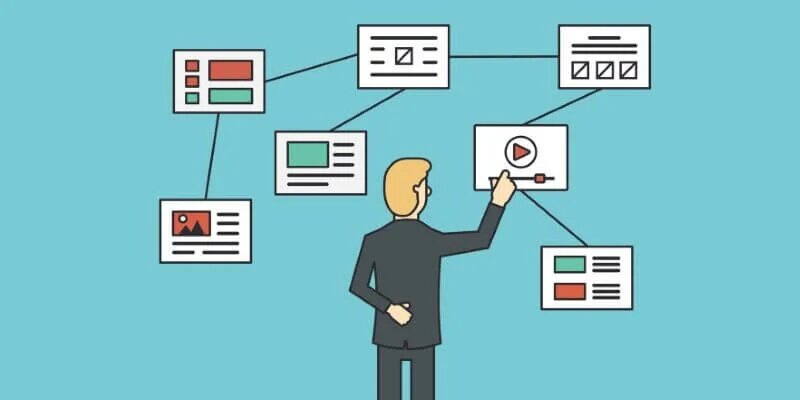 For the second problem, Musk famously intended to cut 75% of Twitter’s workforce. Initial layoffs were severe but weren’t 75% severe, including the leadership team.
For the second problem, Musk famously intended to cut 75% of Twitter’s workforce. Initial layoffs were severe but weren’t 75% severe, including the leadership team.
He vowed to eliminate remote work (which had become standard during the COVID-19 crisis). Then, he started firing engineers who criticized him on Twitter and in internal Slack channels. Finally, on November 17, Musk sent out an ultimatum, saying that he expected an “extremely hardcore” cultural reset from those who wanted to remake Twitter, and offering three months’ severance pay to those who would opt out.
We would like to apologize for firing these geniuses. Their immense talent will no doubt be of great use elsewhere.
— Elon Musk (@elonmusk) November 15, 2022
Thousands of Twitter employees opted out, including whole teams.
For the third problem, well, Musk didn’t seem to have many fixes for it other than the aforementioned Twitter Blue subscription service, reasoning it would be more expensive than it was worth to pay for countless bots.
 For the fourth problem, Musk began reinstating suspended accounts of people like former President Trump (who had been suspended after inciting the January 6th insurrection) as well as some prominent far-right trolls and advocates who had been suspended for hateful conduct, bigotry, inciting violence, or all of the above.
For the fourth problem, Musk began reinstating suspended accounts of people like former President Trump (who had been suspended after inciting the January 6th insurrection) as well as some prominent far-right trolls and advocates who had been suspended for hateful conduct, bigotry, inciting violence, or all of the above.
So, What Happened to Twitter?
Problem 1: Mass Impersonation of Brands
You may have noticed a key vulnerability in Twitter Blue. For just $8 a month, anyone could pay to have the blue checkmark by their name, which previously had been limited to a verification system, proving an account was who, or what, it claimed to be.
Plenty of people predicted that this would make it extremely easy to impersonate notable individuals or brands. When Twitter Blue went live, all of those people were proven extremely right.
Parodies of Elon Musk himself were everywhere, a fake Nintendo account posted an image of Mario flipping the middle finger, a fake Lockheed Martin account said that it would be suspending sales to countries like Saudi Arabia and Israel.
Musk responded by saying that parody accounts would have to clearly mark themselves as being parody, and suspending offenders one by one, including comedian Kathy Griffin. Still, that didn’t stop people from creating kamikaze accounts intended to make a joke, go viral, and get suspended, all for the low price of $8.
 The turning point was probably when an impersonator of pharmaceutical giant Eli Lilly tweeted that insulin would now be given away for free; the business’ stock cratered, losing billions of dollars in market cap.
The turning point was probably when an impersonator of pharmaceutical giant Eli Lilly tweeted that insulin would now be given away for free; the business’ stock cratered, losing billions of dollars in market cap.
Musk then paused the ability to buy Twitter Blue, now that everything had happened that people warned him would happen, and put the project on hold pending a review of how to implement it without making mass impersonation easy.
Problem 2: Hate Speech Run Amok
It turns out, when you unban people who were banned for threats of violence and hate speech – or when you signal that you will do this in advance of actually doing it – you will encourage threats of violence and hate speech.
Shortly after Musk’s acquisition of Twitter was completed, usage of the n-word spiked by 500%. Hatred directed at groups like racial minorities, religious groups like Jewish people, and LGBTQ people rapidly intensified.
— David Leavitt 🎲🎮🧙♂️🌈 (@David_Leavitt) October 28, 2022
There’s a massive flood of literally hundreds of people each minute using the N word and rampant hate speech happening on Twitter right now post Elon purchase pic.twitter.com/uAqnZJuwjW
It was no surprise that brands, already gun-shy from the impersonations, would balk at having people take screenshots of their paid ads and promoted tweets next to vile bigotry and calls to violence. Massive ad agencies like the Omnicom Media Group recommended their clients pause ad spend on Twitter.
Problem 3: Who Works There, Anymore?
Musk’s deep layoffs and incentives to resign may have actually wound up cutting more than the 75% headcount he intended to reduce. Even before the ultimatum, whole teams had been fired, including the Trust and Safety teamtasked with making Twitter a safe place for brands to advertise.
With fewer staff working, glitches started popping up. An anonymous post on Blind (which, to be fair, has not been independently verified) alleged that one marketing team had continued ad spend for two weeks, reasoning that lower competition would make it easier and cheaper to get eyes on their promoted tweets.
 However, they’d stopped this plan due to a number of factors:
However, they’d stopped this plan due to a number of factors:
- Engagement dropping sharply
- The aforementioned brand safety issues, with antisemitism and pornography pictured next to their posts
- Serious bugs in the system, including paused creatives from 6 years of advertising all being reactivated
- The entire account team working with them resigning, with nobody to talk to about fixing this
Not to mention, of course, that with the sharp cuts to Twitter’s moderation team, there were simply fewer people working on getting rid of awful or even illegal content. Twitter didn’t even have a communications department journalists could request a comment from.
All of these, combined, made Twitter an advertising nightmare. Is it any wonder advertisers were looking for Twitter alternatives?
But what would a Twitter alternative for marketing and advertising teams even look like?
What Social Media Platform Is Best for Advertising?
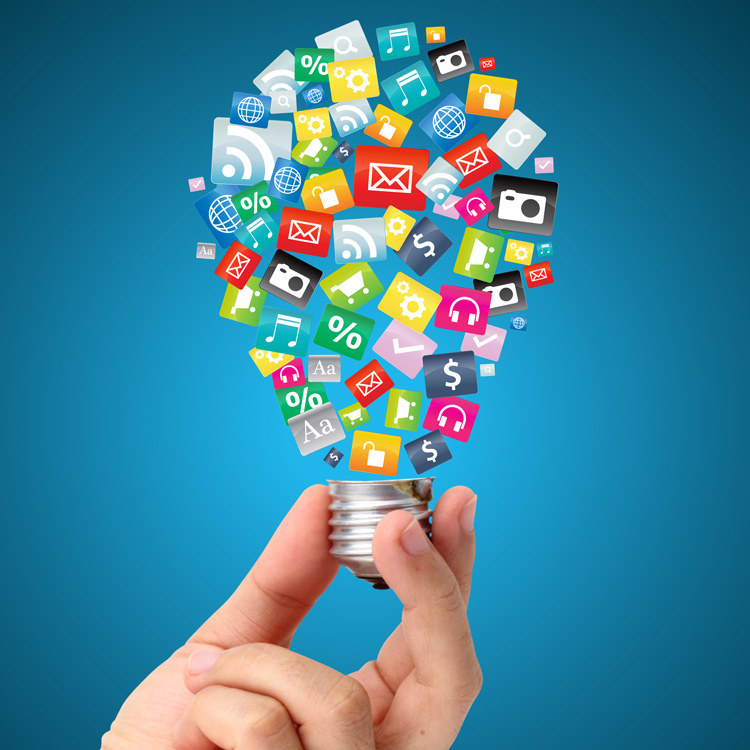 In truth, the concept of a “Twitter alternative for marketers” is kind of a false premise. Social media networks don’t exist for advertisers and marketers (though we are a key part of any monetization strategy).
In truth, the concept of a “Twitter alternative for marketers” is kind of a false premise. Social media networks don’t exist for advertisers and marketers (though we are a key part of any monetization strategy).
Social media platforms exist for users. Without users, any given social media network is worthless, both for other users and for marketers. Why would any of us advertise if the only other people on a given network were other marketers?
To answer the question of which social media platform is best for marketers, it depends on knowing why we would advertise on social media as opposed to, say, display ads or search engine marketing.
Social Media Is Where the Users Are
Sites like Facebook, Instagram, TikTok, Reddit, and Twitter have enormous reach. Hundreds of millions, if not billions, use these platforms every day.
The benefit of paying for ads on search engines like Google is that you can ensure that you’re targeting the relevant terms people are searching for, but think about how long people actually spend on search engines.
Most of us, when using Google or Bing to search for something, enter our search query, peruse the top few entries on the SERPs, and are out of there in half a minute or less.
On the other hand, users who are on social media can spend minutes or even hours scrolling and interacting. The benefit of advertising on social media is that you have an audience that’s ready-built to engage with your content, because they’re already so engaged with the rest of the content on their feed.
Social Media Ads Are Interactive and Engaging
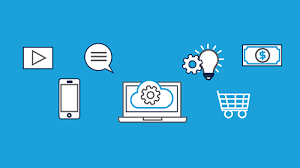 Think about how users interact with your search engine or display ads – they either click them or they don’t.
Think about how users interact with your search engine or display ads – they either click them or they don’t.
We can track cost per click, we can track conversions on a landing page, but there’s no real interaction or engagement beyond that. Nobody shares an ad they see on Google SERPs. Nobody replies to those ads.
By comparison, people react and engage with social media advertising in a way that not only drives brand identification and familiarity, but gives great feedback to marketers.
How many people like our post – but maybe didn’t click on the link? How many people share our post? What emoji reactions does our post get? What sort of comments and replies do we get?
This is all valuable feedback for a marketing team. Moreover, someone who shares an ad or reacts to it is much more likely to remember your brand even if they don’t convert then and there.
Social Media Users Are Already Primed for the Right Type of Content
Think about how people use social media – we typically curate content we want to see that speaks to our interests and hobbies.
 My social media drug of choice is Reddit, which we use primarily to follow politics, global news, the video game industry, general technology, and tabletop games like Dungeons & Dragons.
My social media drug of choice is Reddit, which we use primarily to follow politics, global news, the video game industry, general technology, and tabletop games like Dungeons & Dragons.
Glancing at my Reddit front page, we see ads for subscriptions to the Wall Street Journal (politics and global news), Call of Duty and Mountain Dew (video games), and Samsung phones (general technology). All we are missing is some D&D dice to have bingo!
Because we use Reddit for this type of content, we are likely to be in a better mood to engage with this sort of advertising than we might be if we saw a billboard or a display ad on some random web page we were visiting.
Other social media sites are the same – a young woman who follows fashionistas on Instagram, for instance, might be more receptive to ads for high quality clothing at reasonable prices.
The Best Social Media Platform for Advertising Depends on Your Audience
It’s a bit of a cop out, we know, but it really is true – which social media network is the best for your marketing team will depend on what it is you’re marketing and who you’re marketing to.
 Reddit, for instance, has a user base that’s more likely to be men 35 and younger who are into “nerdy” hobbies – and the only reason we are not in that demographic is because we just turned 36.
Reddit, for instance, has a user base that’s more likely to be men 35 and younger who are into “nerdy” hobbies – and the only reason we are not in that demographic is because we just turned 36.
If you’re selling consumer tech, going to Reddit is a no-brainer. Instagram, on the other hand, has a more heavily female audience, and the highly visual nature of the network means it’s ideally suited for content that can have beautiful product imagery associated with it.
Are you a B2B company that wants to reach professionals and executive decision-makers? You should probably be advertising on LinkedIn. Do you want to reach young people where they are?
TikTok would be a good bet for your ad money. Do you want to reach literally everybody and their mothers? Facebook is still the generic go-to for “social media ad spend” with good reason.
What Are the Best Twitter Alternatives for Marketers?
At the end of the day, assuming Twitter continues its spiral – where advertisers keep pulling out, further reducing revenue, and necessitating desperate plans for new income sources – it will cease to be a viable platform for social media advertising.
It is possible, of course, that this will turn around. Perhaps someone exists who can whisper in Elon Musk’s ear and convince him that creating a stable environment that offers brand safety is necessary to win back advertisers’ trust.
 Perhaps the hate speech and violent rhetoric will be brought under control once again, rather than allowed to spread and fester.
Perhaps the hate speech and violent rhetoric will be brought under control once again, rather than allowed to spread and fester.
Twitter may remain a viable platform to maintain a brand presence on, at least by having a member or team devoted to handling customer service or making occasional posts – but even that’s risky, lest your hit viral tweet be on someone’s timeline next to a screed full of racial slurs.
The math doesn’t add up for Elon Musk’s plan to finance the site through recurring monthly subscriptions, either. According to the man himself, Twitter was losing around $4 million a day, and would need 15 million paying customersto make up the budgetary shortfall.
However, those numbers may look very different with the collapse in ad revenue.
Either way, your marketing team or ad agency should be planning to move any social media ad spend to Twitter alternatives.
 As previously mentioned, the best alternatives to Twitter for marketers will broadly depend on your industry and target audience.
As previously mentioned, the best alternatives to Twitter for marketers will broadly depend on your industry and target audience.
- Facebook is still the silverback gorilla of social media marketing, due to its granularity, ease of targeting specific demographics, and widespread use among all demographics, though it is much more popular with older demographics.
- TikTok is the opposite – TikTok ads are in their infancy and may not reach full maturity for some time. However, it is an increasingly popular network, especially for younger people. Having the ability to create great bite-size video content is a must. For the time being, you can also treat TikTok like a form of content marketing, rather than running paid ads.
- LinkedIn should be your go-to for B2B marketing, especially since you can target people who work in certain industries or even for specific companies. It’s not fertile soil at all for B2C marketing, but there are few alternatives for targeting professionals.
- Instagram and Pinterest are both excellent for highly visual creatives (fashion, food, vacations – these all translate extremely well to visual media). Both also have more heavily female userbases as well. Since Instagram is owned by Facebook, many of the benefits there still apply.
- Reddit is the anti-Instagram. Ads are often text-based, and its user demographics skew highly male and tend to be on the younger side. This is a great place for B2C advertisers to reach young men, usually highly educated, with interests in things like politics and consumer technology.
 Ultimately, the best Twitter alternative for social media marketing will highly depend on your brand, your offerings, and your target audience. In the meantime, we can all sit back and relax and watch the world’s richest man set $44 billion on fire.
Ultimately, the best Twitter alternative for social media marketing will highly depend on your brand, your offerings, and your target audience. In the meantime, we can all sit back and relax and watch the world’s richest man set $44 billion on fire.
Also read:
- How to Reduce The Risk and Outcome of IT Failures
- Take Your Business Global With The Help Of Technology
- 3 Steps To Test Your Internet Speed
Thank you!
Join us on social media!
See you!

